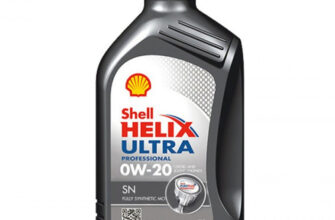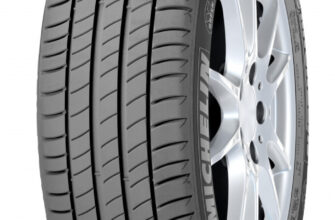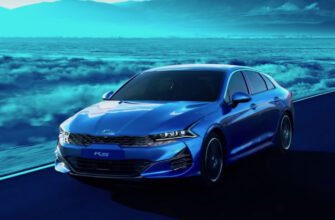Review of the best according to the editorial board. On the selection criteria. This material is subjective and does not constitute advertising and does not serve as a purchase guide. Before buying, you need to consult with a specialist.
Brake discs, along with pads, are the main attribute of safe driving, since they take on the load of blocking the driving wheels during rotation, slowing down or even stopping the vehicle.
It is not worth mentioning once again that the aspect of personal safety directly depends on the correct choice of brake discs, which means that this process should be treated with full responsibility. The magazine team has selected 14 of the best brake disc manufacturers on the domestic Russian market, whose products meet the criteria for quality, reliability and value. The main criteria for evaluating the nominees in the rating were user reviews and opinions of staff experts.
How to choose brake discs
Selection of brake discs according to the original / analog criterion is only the initial stage of 'immersion' in all the subtleties of a difficult task. Often, for beginners, it is not possible to make an informed decision without outside help, but even partial dependence on someone else's opinion can play a cruel joke. In this regard, the magazine has selected the 6 most important aspects that should be considered when choosing the ideal set of brake discs by yourself:
Type of brake drive. This information is recorded in the car's service book, and assumes the following difference:
- in the overwhelming majority of cases, passenger cars are equipped with a hydraulic drive, which allows reducing the load on the braking system in a proportion sufficient for uniform wear of discs and pads as they are used in passenger vehicles;
- Trucks and SUVs are most often equipped with a pneumatic or combined drive system. Facilitation of braking in this case is even more effective, but it is leveled out by the obviously greater mass of cars.
Brake disc design. Within the framework of this characteristic, we mean the division of models into two large groups:
- standard – discs made of solid metal with high resistance to thermal deformation. The behavior of such discs is quite predictable, however, due to the worse heat transfer, they can lose braking efficiency when driving in the 'start / stop' mode at fairly high speeds;
- ventilated – discs with ventilation holes, extremely resistant to preservation of working functions when changing speed modes and harsh braking. This design allows for better heat dissipation, as well as reducing the weight of the disk by up to 20%, which has a positive effect on the dynamic component of the car's movement.
Disc diameter. A parameter that directly affects the braking performance. The larger the diameter of the element, the larger the brake pads going in a pair to it. Consequently, all other things being equal, an increased pad-to-disc contact area will provide better braking conditions and a significant increase in efficiency.
Perforation on the working part. Small holes on the surface of the brake disc are an interesting detail. Their presence allows much better removal of the gas cushion formed in the friction zone, as well as the removal of moisture. In addition, the discontinuity has a positive effect on heat transfer, however, with strong heating, the metal can undergo microdeformations, which, in turn, will lead to intensification of the wear processes of the pad material.
Corrosion resistant. It is extremely important when choosing discs to consider their ability to resist oxidation processes. In addition to universal compounds using chromium, titanium and other stainless metals, some manufacturers provide additional surface treatment with special anti-corrosion compounds. They actively resist frictional wear and provide disc protection for up to 2-3 years.
The presence of grooves. The so-called radial notches are a trend in recent years, which has made it possible to increase the working life of the pads and the discs themselves. Thanks to the introduction of the groove into the working space, it was possible to achieve an increase in the efficiency of the removal of waste material (particles of the friction composition of the pad linings and dirt), as well as to ensure uniform wear of the lining over time.
Rating of the best brake disc manufacturers
| Nomination | a place | Name of product | rating |
| Rating of the best brake disc manufacturers | 1 | ATE | 5.0 |
| 2 | Brembo | 4.9 | |
| 3 | Otto Zimmerman | 4.8 | |
| 4 | EBC | 4.7 | |
| 5 | Nibk | 4.6 | |
| 6 | Lucas | 4.5 | |
| 7 | Ashika | 4.4 | |
| 8 | MASUMA | 4.3 | |
| 9 | Schneider | 4.3 | |
| 10 | Ferodo | 4.2 | |
| 11 | Blue Print | 4.1 | |
| 12 | Bosch | 4.1 | |
| 13 | Remsa | 4.0 | |
| 14 | Textar | 3.9 |
ATE
Rating: 5.0
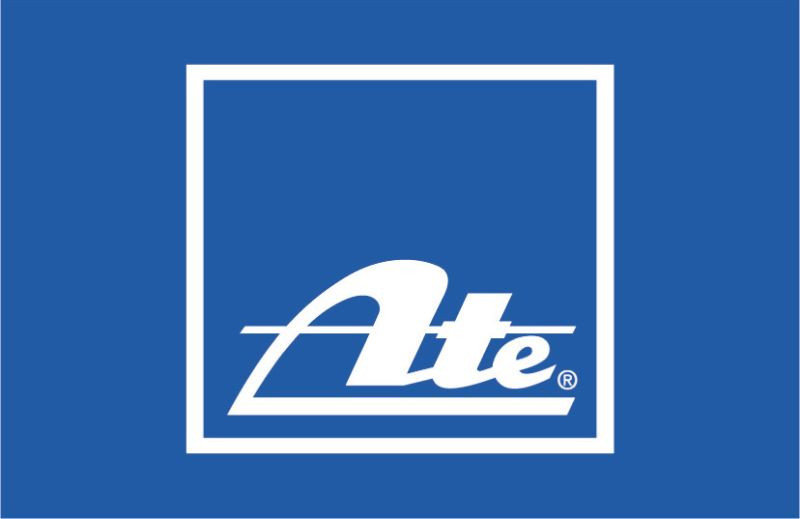
The first position in the ranking goes to, perhaps, the leading manufacturer of suspension elements and brake parts in the European part of the world, which is part of the CAS corporation (Continental Automotive Systems). According to statistics for 2018, Ate has more than 10 official contracts for the supply of brake discs to assembly lines in the German, French, Japanese and American markets – an indicator that is unattainable for other representatives of this segment. It is also important that the company actively supplies parts to the aftermarket, claiming that it can equip up to 98% of European cars.
By tradition, we will give a brief description of two company representatives:
- Original ATE is a huge class of original discs with all kinds of upgrades such as anticorrosive treatment, perforation, grooves, two-section composite profile, built-in bearing, etc. This also includes developments made specifically for Mercedes – Benz. It is not possible to describe unambiguously their characteristics, since each design has a unique shade.
- ATE PowerDisc are perforated discs specially designed for tough conditions. Despite the variety of species, which is in no way inferior to the Original series, there is a clear set of characteristics and consistent indicators: tight wear control, high productivity and absolute operational safety. Completes the ideal technical condition and sporty appearance, as if hinting at their true purpose.
Brembo
Rating: 4.9
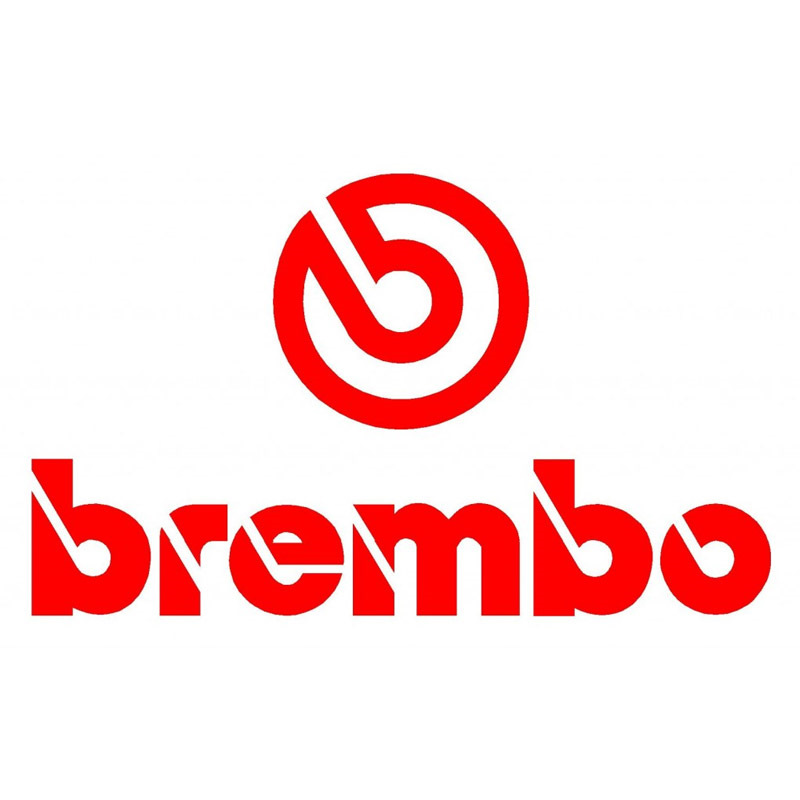
The second line of the rating went to the Italian manufacturer Brembo, whose main specialization is the production of brake discs for luxury cars and sports cars. The range of the company includes more than a hundred different models of discs, which are divided into three large groups:
- Classic – manufactured in compliance with world quality standards and a number of specifications, they are suitable for use in large series vehicles. They have point improvements in the form of grooves and modernization of the chemical composition, but in general they do not bring anything global to the segment;
- Max – a special series of painted discs containing perforations to significantly improve the processes of evacuating gases and dust, as well as enhanced ventilation to avoid overheating;
- Easy Check – similar to Max, is a series of specially painted metal discs with wear indicators applied. Thanks to this innovation, the user can independently assess the degree of wear and make a decision on replacement.
Recently, a new trend has emerged at Brembo: ventilated discs. The series is developing and is already beginning to actively use ceramic deposition, combining it with the unique geometry of the working part and other developments of the company. All products are quite expensive, but the highest quality completely neutralizes the level of costs.
Otto Zimmerman
Rating: 4.8
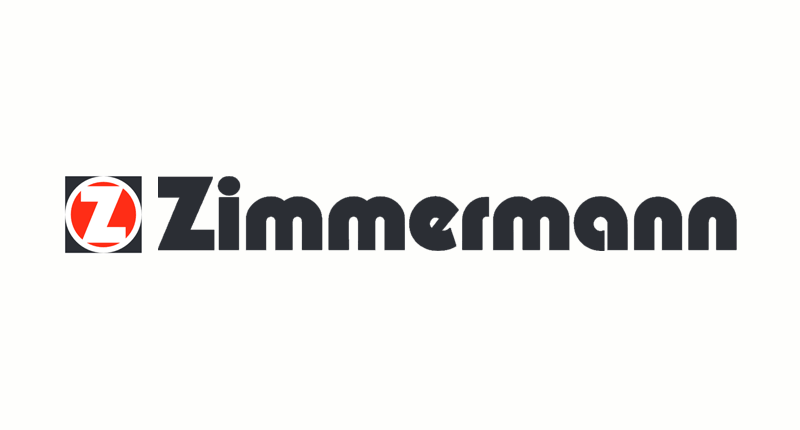
The title supplier of brake equipment for VAG-group conveyors, Otto Zimmerman is rightfully ranked among the best brake disc manufacturers around the world. The company's colossal influence on the domestic market has been building for decades – and the fruits of this naturally became prevalence in more than 60 countries. As for the model range, in 2016, the German grandee had more than 500 different types and sizes of brake discs in its assets, most of which were intended specifically for use by the wards Volkswagen Group.
Despite the large number of discrepancies according to open sources, 4 large groups of discs can be distinguished in the Otto Zimmerman assortment:
- Standard – classic brake elements based on a collection of world standards;
- Sport is a whole subclass of wheels, sharpened for the conditions of hard sports driving. Typically perforated (Sport Z series) or slotted (Black Z) to increase heat transfer to the air;
- Fusion Formula – lightweight bimetallic discs designed to reduce vehicle weight. In addition, the increased heat transfer significantly reduces the risk of warpage of the part when passing the critical temperature;
- Coat Z – stands out as a separate series, but rather acts as an addition to the above groups. The main difference from the original discs is the application of a special anti-corrosion compound, which greatly increases the element's service life.
EBC
Rating: 4.7

A British firm with a very expensive assortment, 'moving out' to maintain the exceptionally high quality of each manufactured product. Over the long period of its existence on the market, EBC has established itself, first of all, as a manufacturer of braking equipment for sports cars, and, secondly, for serial cars made in Japan (Subaru, Honda, Lexus, Nissan) and Europe as a whole.
Due to the abundance of series, it will not work to present everything in one article. However, we will try to focus on the most important and interesting options in the EBC assortment:
- Ultimax – a series of perforated ceramic-coated discs with a variety of chemical compositions, designed specifically for sports cars (as we mentioned above);
- TurboGroove is a more budgetary series of perforated and lightweight discs for dynamic driving enthusiasts. They are distinguished by an increased (relative to the classic) working resource and braking efficiency;
- Huge variety of slotted (Ultimax), perforated (GD) and notched (Blade Disc) discs for replacement of standard parts, allowing you to feel more responsiveness from the brake pedal;
- Premium – the name in this case speaks for itself. This is a great alternative to regular brake discs with a high price and high quality. Elite, expensive, reliable.
Nibk
Rating: 4.6
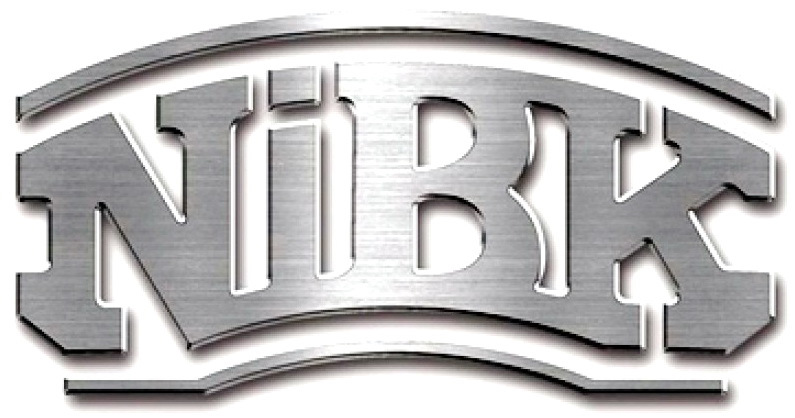
A fairly young representative of Japanese manufacturers of brake equipment, whose activities were actively developed in the 1990s. As the reports of experts show, more than 45% of the world product going to the secondary market is concentrated in Russia on the rights of the most active consumer. Moreover, domestic users are not embarrassed by either the Japanese company's focus on the development of sports discs (retraining took place at the end of 2010), or the rather high price.
In general, in the practice of manufacturing brake discs, Nibk adheres to a policy of maximum efficiency – it does not matter how long the consumable element will last. Absolutely all of the company's products are based on this rule, and no changes are expected recently. Of the most interesting design options, the following series can be distinguished:
- the combination 'perforation / notch' is a rather interesting type of brake discs that allows you to minimize costs and get a double working effect;
- double perforation – a unique formula for disc lightening with a parallel increase in heat transfer characteristics and the efficiency of removal of wear products;
- double cut – the same as double perforation, but with its own specifics of work.
In terms of money requests, Nibk turns out to be much more modest than the leading competitors, but one cannot say that the same drawdown is observed in qualitative terms. Everything is at a high level, and it is worthy of praise.
Lucas
Rating: 4.5

Lucas is a brand owned by the renowned TRW company for the sale of products in the markets of Europe and Russia. As in the case of ATE, the company's brake discs cover 98% of European cars, but at the same time, there is a little more negative in the reviews about them. This is primarily due to the production volumes of the enterprise – annually 12 million parts go only to the conveyors of well-known manufacturers (not counting the disks that go to the secondary sector – this is about the same 12 million copies), and it is extremely complicated.
If we talk about the model range, in the market assortment from Lucas you can find mainly classic brake discs that differ from the factory ones in their original chemical composition and the presence of radial grooves to facilitate the removal of dust and gases. Slightly less common are sports discs with perforations and notches, which show the best results in heat dissipation, but due to reasons of rapid wear they cannot last more than 60 thousand kilometers. In general, the opinion about the brand is positive: despite some gaps in the quality of individual samples, the cost level does not pretend to exceed the moral level, which prompts car owners to make a purchase.
Ashika
Rating: 4.4
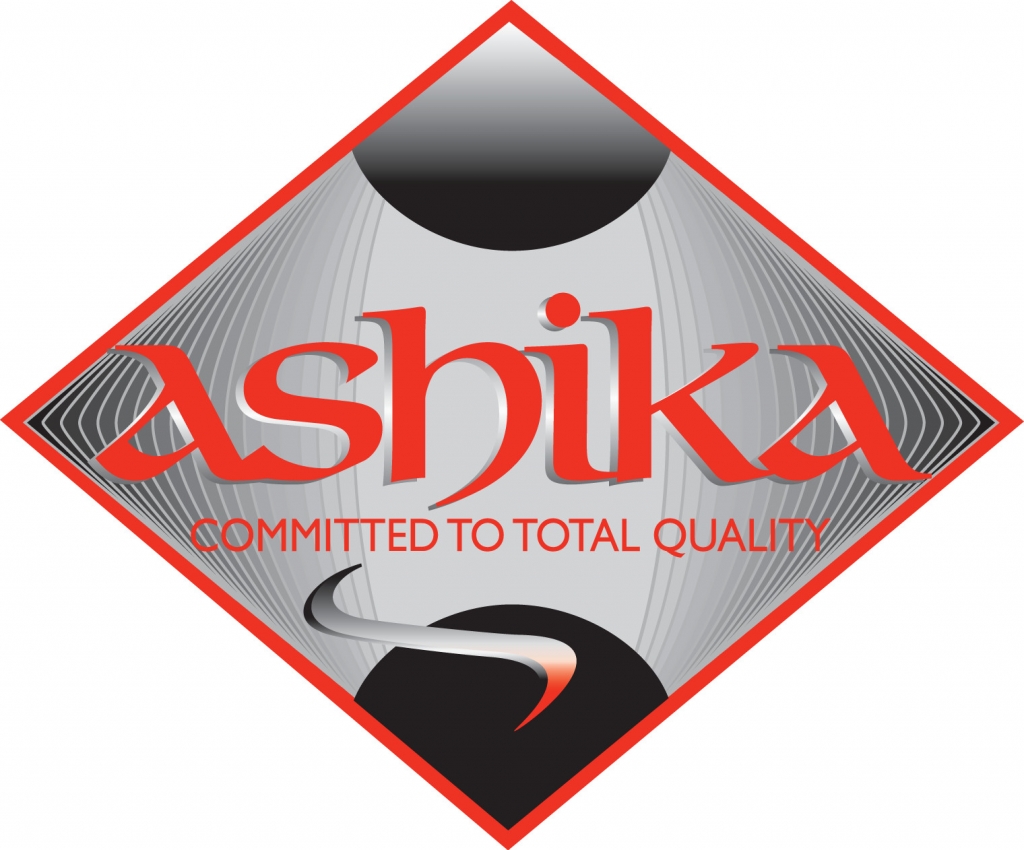
Unlike MASUMA, Ashika is based in Japan, annually supplying to the market, albeit not the largest, but high-quality volume of products. A lot can be said about the first one: this brand is literally 'turned' on the observance of the compliance of details with reference standards. Each stage of production implies post-operational control in several directions (linear dimensions and deviations, surface cleanliness, etc.), with mandatory checking of the part for defects after the completion of the technological process. After the introduction of such a control system, the scrap rate was reduced from 3 to 0.5% – the result in the conditions of the enterprise is simply excellent.
The real performance of Ashika brake discs is also impressive: standard versions of steel and cast-iron models can travel 40 thousand kilometers without any problems, and with modifications they can show much better results. There are also discs of the Sport series with outlet chutes, which, due to the improved chemical composition, more confidently withstand overheating and, thanks to this, can 'live' an average of 70-80 thousand kilometers. It is worth noting the company's love for anti-corrosion treatment straight from the factory – this is a prerequisite for the release of discs (if they are original) on sale. The only caveat is that they are extremely rare on the domestic market, which makes it necessary to search for them in catalogs or order directly from the manufacturer.
MASUMA
Rating: 4.3

One of the representatives of the so-called 'shadow' brands, whose products have good reviews, but few have heard of it. MASUMA is a typical representative of nominally Japanese production, outsourced to either European or American companies at a lower level. On the domestic market, there are only classic brake discs with a solid base without perforations and other additional elements. But, as users note, the quality is very impressive: no vibrations appear during operation (test at 30 thousand kilometers), and there is also a high resistance to overheating.
Rumor has it that through the spare parts catalogs you can find strictly limited brake discs from MASUMA, sharpened for premium and sports. In them, as, indeed, in all other competitive models, there is slotting, grooves and perforation, and in various versions – for trial. As one of the representatives of the series, one can single out standard wheels under Honda Civic or Accord: MASUMA BD-5205. It is impossible to say something more specific about the company: there is an objective opinion of users, unanimous approval of experts, good performance and a low price.
Schneider
Rating: 4.3

The ninth line of the rating goes to the German company Schneider, 85% of whose products are disks with an increased working life for extreme driving. If in the budget segment (the same 15%) models of the standard type prevail, then the basis of the assortment has long been using perforation and slotting in all possible combinations. Timely refusal to “skate” the same type of products allowed the brand to shoot first in the European, and then in the domestic market. And everything would be much better if the high price did not become a barrier to making a purchase.
As many experts note (and for good reason), Schneider brake discs perform surprisingly well when paired with Ferodo pads, even better than their own. And, of course, there was some modernization of the composite structure, which resulted in the 'straightening' of the connecting ribs. As practice has shown, such an embodiment can significantly improve the direct blowdown of the disk and provide the possibility of slightly higher temperature loading. The average service life of the kits for the assortment is 50 thousand kilometers, but, as mentioned above, the issue of cost greatly affects the activity of consumers in relation to these disks.
Ferodo
Rating: 4.2
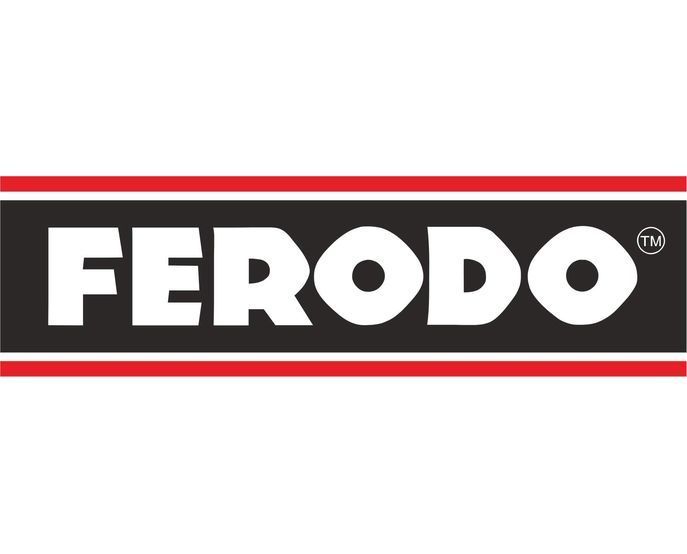
The honorable top ten of the rating is closed by one of the top manufacturers of the European segment of auto parts – the British company Ferodo. Wholly owned by Federal Mogul, it covers almost 95% of the European market, second only to ATE and Otto Zimmerman (98%). One of the key strengths of the company is that it focuses exclusively on the production of brake and suspension parts, which allows the brand to be maintained at a high level.
In particular, Ferodo was the first company to decide to fix the braking problem in the alloy wheel class. This became possible thanks to the introduction of the special Coat + series into production, which was later successfully mastered by competitors from Otto Zimmerman (and received the name Coat Z). The peculiarity of these discs was the treatment with a special anticorrosive compound with heat modifiers, which increased the ability of the disc / pad pair to brake when overheated. However, progress does not stand still, and now the company continues to develop the concept of non-linear production, steadily replenishing the existing series with new and very expensive (to the great regret of consumers) products.
Blue Print
Rating: 4.1
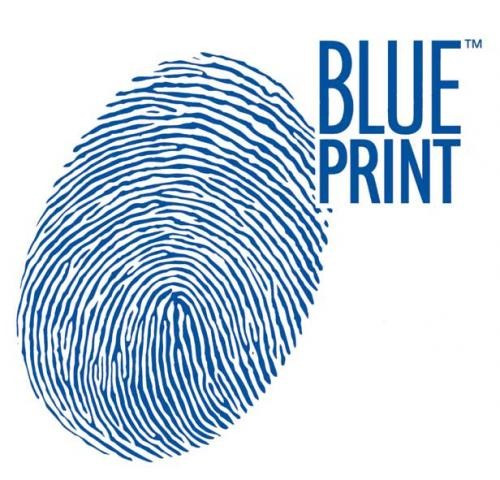
The next line of the rating goes to the packaging company, for the benefit of which a whole 'scattering' of Japanese enterprises is working. Therefore, Blue Print brake discs are a product of the development of more modest companies Nishioka and Kashiyama, which are forced to 'vegetate' in the middle peasants of the Japanese market for the benefit of a large corporation. It's all about the chosen policy of Blue Print – in fact, this trademark is Japanese only nominally, and belongs to the British grantee ADL (Automotive Distributions Limited). It works exclusively by order, so the appearance of products on the secondary market is a rather situational phenomenon.
However, sales are taking place, and, therefore, our choice in favor of the brand is completely legitimate. Qualitatively, Blue Print brake discs are in no way inferior to the same models from MASUMA and Nibk: funding allows you to react in time to changing trends in this niche, supplying perforated and slotted consumables to the market to ensure confident braking. On average, the resource of one set is enough for 40 thousand kilometers, which is a good result at a fairly low cost level. However, due to the low prevalence on the market and the need to order discs at best through catalogs, as well as for some kind of deception (the fate of all packers), we cannot include the trademark in the top ten.
Bosch
Rating: 4.1
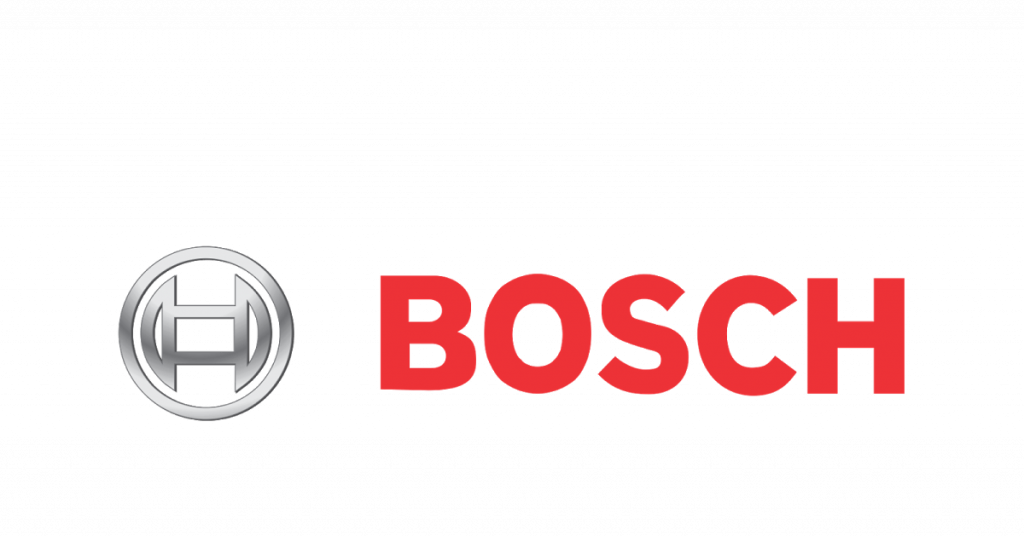
A manufacturer of everything and everyone, one of the divisions of which is engaged in the production of spare parts for cars. In particular, we are talking about brake discs, most of which are shipped to the conveyors of European auto concerns (mainly for mass-produced cars). The main customer, as in most cases, is the VAG-group here – the number of car models produced under the authority of this corporation is very large.
In parallel with shipment to the conveyor, Bosch is actively supplying discs to the secondary market, and the most popular consumer segment is the budget segment. This compensates for those small flaws and conventions that one way or another manifest themselves when using this product. In particular, we are talking about the fact that the vast majority of solid and perforated discs in the range 'love' a calm and measured ride. Sharp braking, as well as long trips in an aggressive manner, significantly reduce the working resource to 25-30 thousand kilometers, which somewhat reduces the benefit from the low price factor. In general, users are complacent in their opinion about the company, except for the percentage that likes to “rape” the chassis from the heart.
Remsa
Rating: 4.0

The Spanish company, which was founded in 1975, remained little-known exactly until it got the opportunity to enter the world market thanks to its cooperation with TRW. It is well known in Russia, but it is the object of frequent falsifications, which is why users were divided in opinion in a ratio of 72% versus 28% (satisfied and dissatisfied, respectively).
In original form, Remsa wheels are still supplied from Spain and the USA, and their variety in the range reaches truly colossal proportions: about 1600 models, and the number continues to grow. The principles of production can be called tough (and to some extent even cruel): according to engineers, all products sold undergo quality control, which includes 50 tests. It all started with a sharp leap forward in technological terms: the introduction of Protecno technology (borrowed from TRW and subsequently adapted) made it possible to increase the perception of temperatures in budget models up to 500 degrees Celsius. This, in turn, made it possible to achieve a smaller stopping distance due to the possibility of a more dense and long-term contact of the disc with the pad. Now, the development paths of Remsa are comparable to those outlined by competitors, and the first in line is the intensified work to combat counterfeiting.
Textar
Rating: 3.9

Although Textar is not the most popular company in Russia, it would be a crime not to mention it in the ranking. Part of Nisshinbo Holdings Inc., the firm is almost the most ardent follower of the concept of tight control over production at all stages. In many ways, it was this approach that allowed her to achieve a variety of equal quality brake discs, and large financial investments in research only consolidate local success by introducing new methods of bringing the structure and design to the optimum.
The path taken by Textar from the release of the PRO series to the PRO + is very clear. A series of pinpoint improvements associated with the introduction of more carbon and alloying with copper (no more than 0.7%) have significantly reduced vibrations, as well as endowed the discs with better heat dissipation performance. Add to this the minimum number of rejects (0.3 – 0.5% of the total number of products), the average mileage in the region of 50 thousand kilometers, and we will get an excellent final result. In terms of cost, these brake discs can be considered representatives of the middle and premium price segments, but the exchange of the quality of operation for money in this case will be very worthy. And finding a product is not as difficult as it seems at first glance.
Attention! This rating is subjective and does not constitute an advertisement and does not serve as a purchase guide. Before buying, you need to consult with a specialist.


